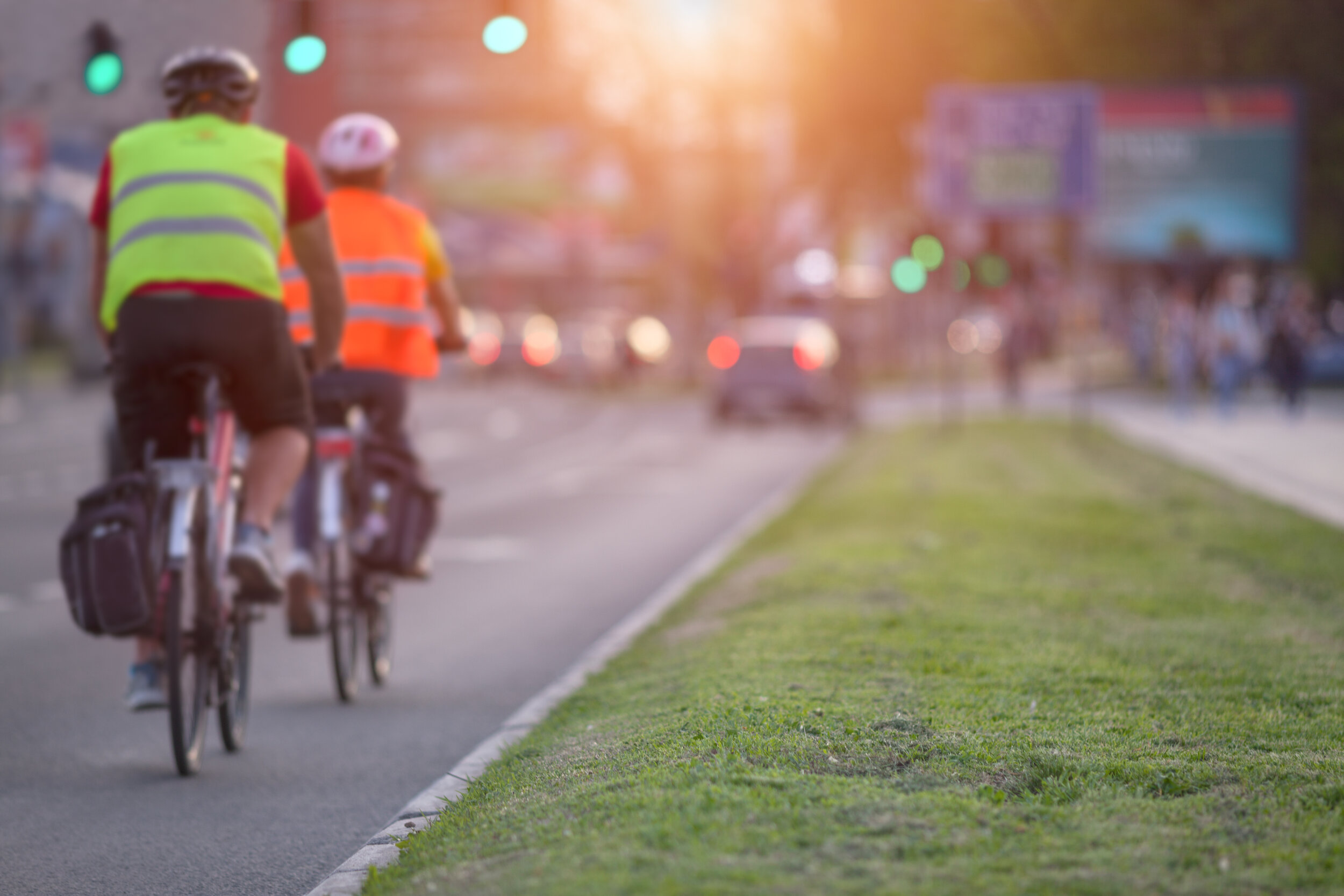
Utah Bicycle Laws
Basic Rights and Responsibilities
-
Bikes are “vehicles” and must follow most vehicle laws (41-6a-1102).
-
The Idaho stop is the common name for laws that allow bicyclists to treat a stop sign as a yield sign, and a red light as a stop sign. (41-6a-1105).
-
Drivers must give at least 3 feet of space when passing a cyclists (41-6a-706.5)
It is illegal to distract a cyclists or force them off the road.
Drivers may cross the centerline to pass safely (41-6a-701).
-
White headlight at night (14-6a-1114).
Rear taillight or reflector at night (14-6a-1114).
Side-facing reflectors or lights at night (front light is often visible from the side).
Brakes capable of stopping within 25 ft at 10mph on dry pavement (41-6a-1113).
Bells are options. No sirens or whistles allowed (41-6a-1113).
A peace officer may stop and inspect your bike if there is reasonable cause to believe your bike is missing proper equipment or is not in good condition (41-6a-1110).
-
Ride in the same direction as traffic (41-6a-1105).
-
Obey traffic signals including signs and road markings (41-6a-305)
-
Ride as far right as possible except when passing or turning (41-6a-1105).
-
Two cyclists may ride side-by-side if they don’t block traffic (41-6a-1105).
-
You may ride on the sidewalk unless prohibited by city laws (41-6a-1106)
Ride at a reasonably slow and safe speed
Cyclists must give an audible signal before passing a pedestrian.
Cyclists may park on the sidewalk as long as they don’t block ped traffic (41-6a-1402).
-
If an off-street bike path is provided, road signs or markings may require you to ride there rather than on the road (41-6a-1105).
-
Always keep at least one hand on the handlebars (41-6a-1112)
-
Don’t attach yourself to a moving vehicle (41-6a-1104).
-
Don’t race on the road unless approved by a highway authority (41-6a-1111).
-
How to turn left:
Use the left turn lane in the same way a car would turn left; or
Stay on the right side of the road, ride through the intersection, stop, turn left and wait to cross in the next direction.
When riding on a road, cyclists are required to signal at least 2 seconds before turning or stopping (41-6a-804).
You are not required to continuously signal if you need your hands to steer (41-6a-1109).
Once stopped in a designated turn lane, you do not need to signal again before completing the turn (41-6a-1109).
E-Bike Laws
-
E-bikes must follow the same laws as regular bikes (41-6a-1115.5)
-
E-bikes are allowed on non-motorized state and local trails, unless prohibited by the city.
-
E-bikes are not allowed on non-motorized federal trails (US Forest Service).
-
You may not drink any alcoholic beverage or have an open alcoholic beverage with you while operating a class 2 e-bike (41-6a-526).
-
Under 8 years old - cannot operate any class e-bike
8-14 years old - must have adult supervision
Under 16 years old - cannot operate class 3 e-bike

